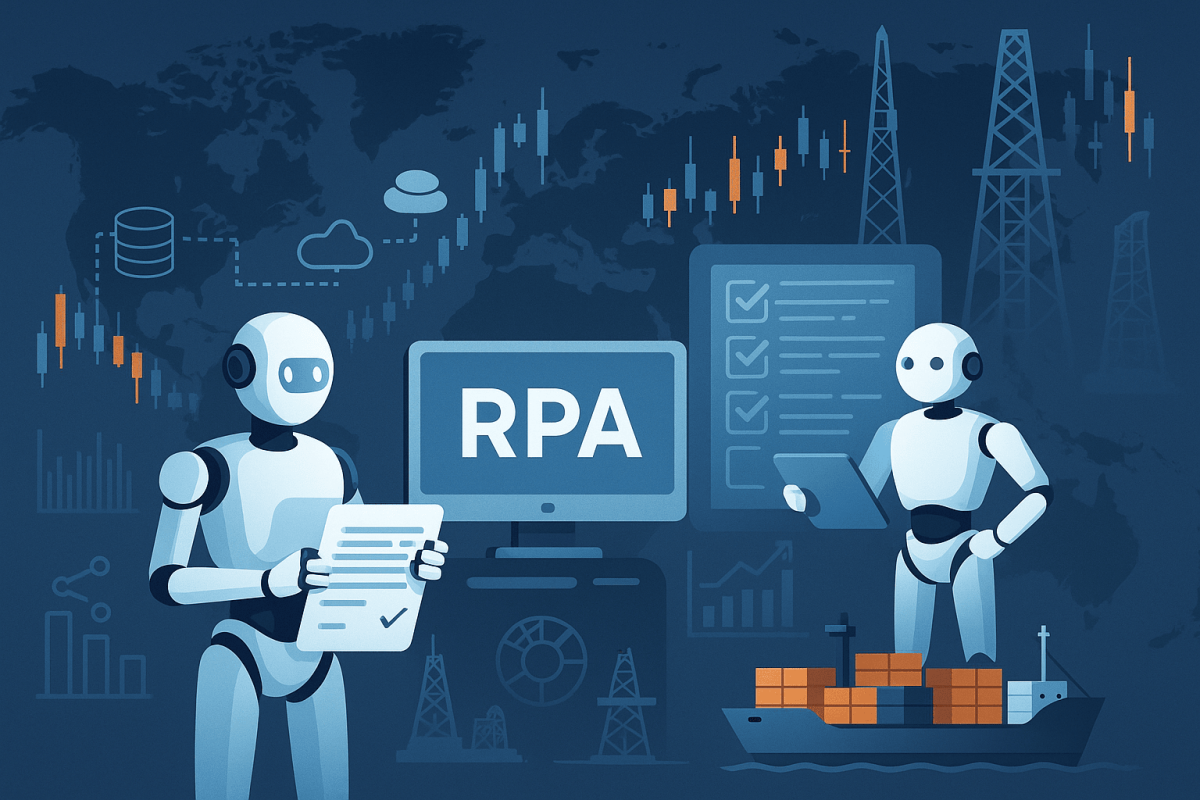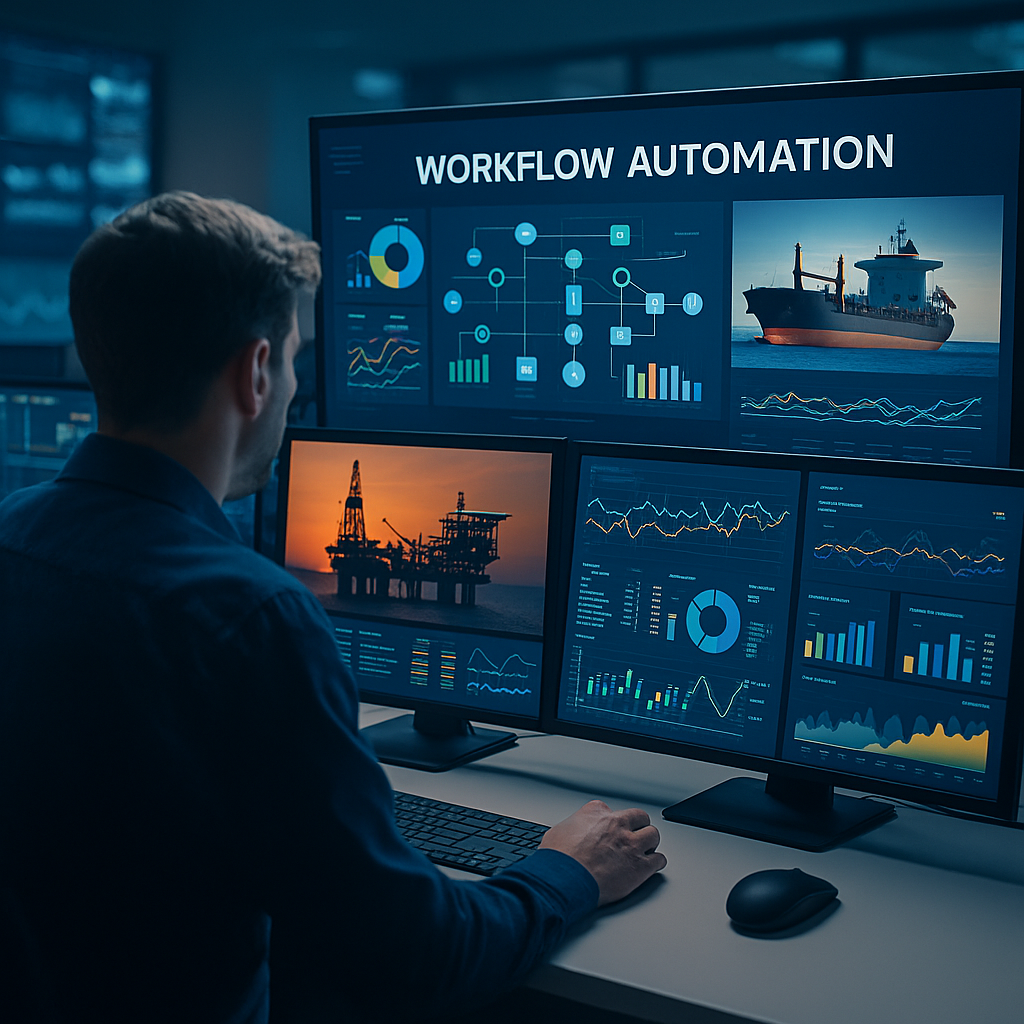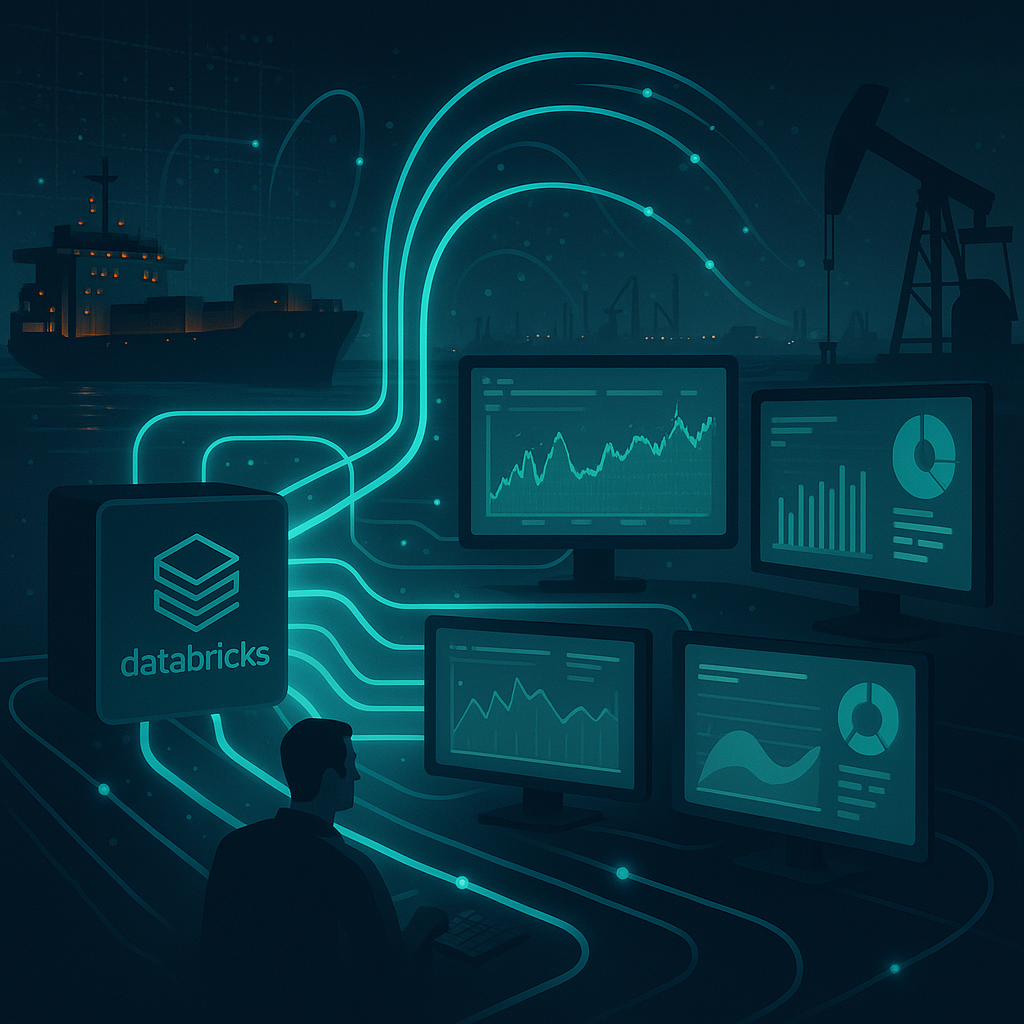Automation has become one of the most effective ways for commodity trading firms to reduce costs, improve accuracy, and increase efficiency. From back office processes to market data pipelines, automation initiatives are expanding rapidly. The challenge for CIOs is scaling these projects quickly enough to keep pace with business demands.
Many automation opportunities depend on integrating multiple technologies. Python scripts power data processing, .NET services handle transaction-heavy workloads in CTRM systems, Databricks orchestrates large-scale pipelines, and Snowflake provides governed analytics. Deployments often rely on Azure cloud infrastructure and Kubernetes clusters to ensure resilience. Managing all of these layers requires skills that few in-house teams have available.
Staff augmentation provides CIOs with the flexibility to scale initiatives on demand. External engineers can join teams to build automation scripts, design integration frameworks, and deploy containerized services. By supplementing internal resources, CIOs can expand capacity immediately, reducing the time it takes to move from concept to production.
This approach also reduces risk. Augmented specialists arrive with prior experience, allowing them to apply proven patterns and avoid common mistakes. Internal staff remain focused on critical operations while augmented teams accelerate delivery of automation projects. Once initiatives are established, knowledge transfer ensures long-term sustainability.
Scaling automation quickly is not just about technical execution. It is about ensuring firms stay competitive in a market where speed and efficiency drive profitability. By using staff augmentation, CIOs gain the resources they need to expand automation rapidly, achieve results, and strengthen their firms’ digital capabilities.





